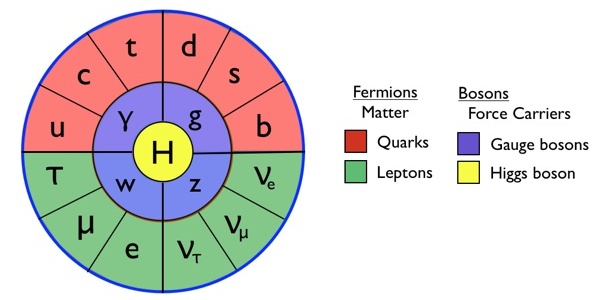
Specifically, the weak force carriers known as the W and Z bosons had to be massless, otherwise a fundamental symmetry of the theory would be broken and the theory would not work. Applying a similar approach to the weak interaction was however not possible due to a fundamental issue: the theory didn’t allow for particles to have mass. Quantum field theory had already formed the basis of quantum electromagnetism, a very successful description of the electromagnetic interaction. Such symmetries form the basis and define the structure of the theory. Just like a shape can be called symmetrical if it doesn’t change when rotated or flipped, similar requirements are placed on the laws of Nature.įor example, the electrical force between particles with an electrical charge of one will always be the same, irrespective of whether the particle is an electron, muon or proton. SymmetryĪnother important component of this picture is symmetry.

For example, when two electrons interact, they do so by exchanging photons – photons are the force carriers of the electromagnetic interaction.

These force carriers are particles and can also be described as waves in their respective fields. When particles interact with one another, they exchange “force carriers”. When two electrons interact, they exchange a photon, the particle of light. One example is the photon, the particle of light, which is a wave in the electromagnetic field. In this description, every particle can be represented by a wave in a “field”, similar to a ripple on the surface of a vast ocean. Fundamental “quantum fields” fill the universe and dictate what nature can and cannot do. Quantum field theory describes the microscopic world of particles very differently to everyday life. At that time, physicists were working on describing the weak force – one of the four fundamental forces of Nature – using a framework called quantum field theory. The particle that we now call the Higgs boson first appeared in a scientific paper written by Peter Higgs in 1964.

To answer this question needs an exploration into the quantum world and how particles interact… In quantum field theory, particles can be described as waves in a field (Image: Piotr Traczyk/CERN)


 0 kommentar(er)
0 kommentar(er)
